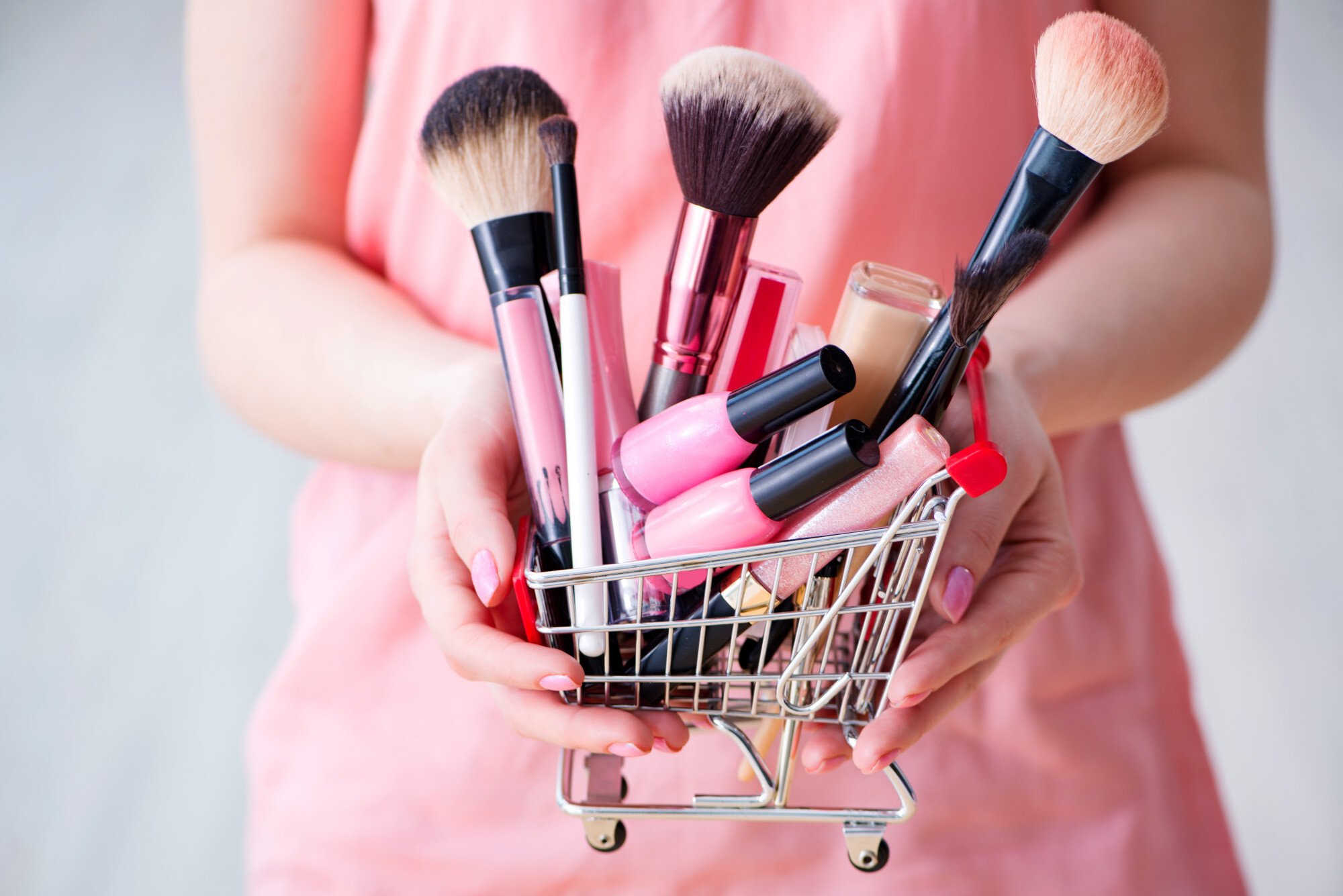Luxury Personal Products - Factors Determining Consumer Attitudes

Luxury Personal Products, just like the term suggests, is all about luxury. Luxury is a term that is loosely applied to any item that puts the buyer into a special category beyond his or her means and is perceived as such to the consumer. While luxury is a subjective value judgment on the part of the buyer, the categories of personal possessions that are included in luxury can be broadly categorized into:
A Luxury Personal Product, then, can be any product that is designed for the use of the upper class in order to create and maintain an aura of high status. One may argue that personal luxury goods fall into this category, since the products themselves are meant to improve the consumer's lifestyle by providing the things that are needed for more modern living. Luxury can also be applied to products that are too expensive for the average consumer. However, retail market segmentation can be difficult to apply in the luxury market segmentation because some luxury items are usually mass produced. Examples of such luxury items would include designer sunglasses and cellular phones that are highly priced because they are very technologically advanced and are also mass produced. Check out Feravana luxury personal care products.
Price is an important factor in defining luxury. As the market segmentation of luxury goods has developed over the last few years, prices have risen dramatically. An important point of debate in the definition of luxury relates to legislative changes that took place in the personal luxury goods market. After the Great Depression, there were a number of legislative changes that affected the production and marketplace of luxury items. These changes primarily impacted the luxury segment of the market and made it more difficult to distinguish between items that were high quality and those that were simply overpriced.
These legislative changes impacted luxury goods manufacturers and retailers as a whole. Some retailers tried to combat the impact of these changes by reducing their total production while others lost business altogether. The reduction in market size resulted in a narrowing of the profitability margin for luxury goods manufacturers and retailers. A key driver of this effect was the shrinking market size for U.S. consumers who were among the key consumer groups identified by surveyors as holding positive attitudes to luxury products, July 2021.
In order to determine consumer attitudes toward luxury goods in the U.S., a separate piece of research needs to be conducted. This research should identify the key consumer groups identified by surveyors as holding positive attitudes toward luxury items. Based on this information, a luxury product market size and segment could then be defined. Luxury items typically held positive attitudes among this group. This research can provide an estimate of the market size and segment size for personal luxury products to be determined in the June 2021.
In conclusion, there are several factors that can help in determining market segments and population size. It is important to conduct this research before releasing marketing activity for the new year. There are several luxury brand names that have recently released their new products. The release of marketing activity is likely to increase consumer awareness and may further define the target market. Contact Lindsay Giguiere to get more ideas about luxury personal care.
Learn more at https://en.wikipedia.org/wiki/Personal_care
